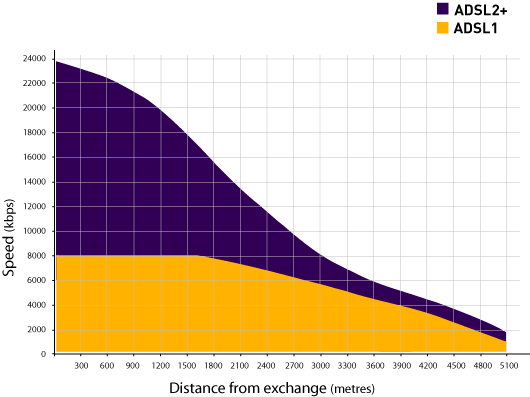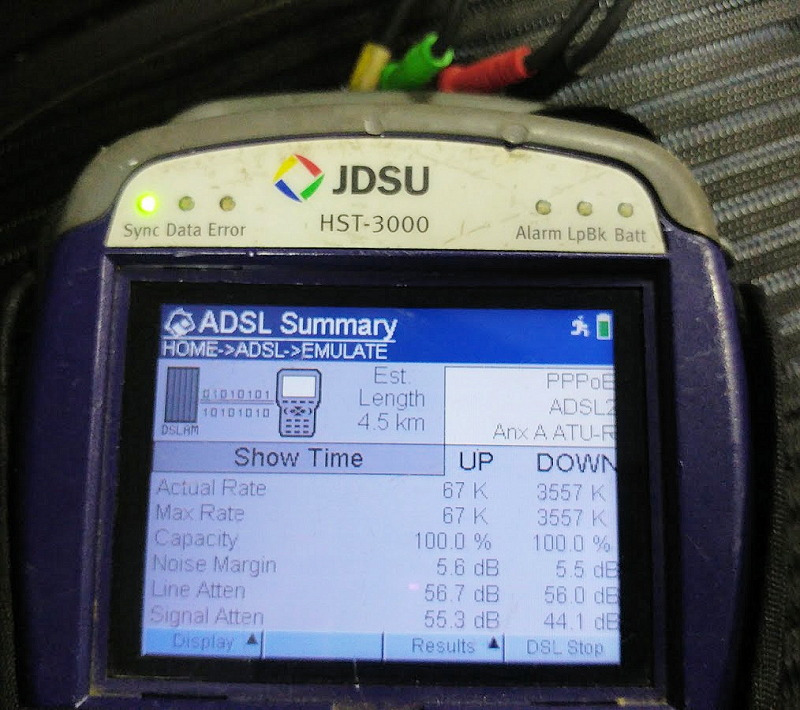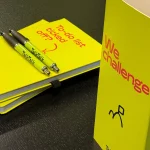UK ISP Experiment Gets ADSL Broadband to Work Over Wet String
The engineers at AAISP (Andrews and Arnold) look to have become contenders for the oddball experiment of the day award after they successfully made an ADSL based broadband connection “work” over 2 metres of wet string (at the surprisingly quick pace of 3.5Mbps), as opposed to the usual metallic wiring.
A normal ADSL (Asymmetric Digital Subscriber Line) connection, which is still used by a little under half of premises in the United Kingdom, works by splitting a single copper telephone line into separate voice and data channels. The data can then be transmitted digitally (from the exchange to your home) by using frequency spectrum (2.2MHz on the ‘up to’ 20-24Mbps capable ADSL2+ standard).
In a normal setup, using twisted pair copper wiring (or aluminium), it should be possible for the ADSL signal to reach several thousand metres, although naturally signal degradation occurs over distance and end users experience this as a loss of speed (reduced download and upload performance) or problems with line stability.
Advertisement

Suffice to say that the idea of using a wet piece of string to deliver your ADSL broadband signal isn’t exactly standard practice (it probably wasn’t high up on Openreach’s list when deploying the service all those years ago), although the limited conductivity of water and adaptability of ADSL to unstable conditions does make it theoretically possible, albeit only over very short distances. Now one of the mad scientists professional engineers at AAISP have been able to prove this by dunking a piece of wet string in salty water (blog).
 The reason for using salty water is because pure water is an extremely bad conductor of electricity (very few ions), while water with an electrolyte (like NaCl or sodium chloride / salt to the rest of us) is a much better conductor of electricity (more ions).
The reason for using salty water is because pure water is an extremely bad conductor of electricity (very few ions), while water with an electrolyte (like NaCl or sodium chloride / salt to the rest of us) is a much better conductor of electricity (more ions).
Overall the experiment successfully achieved a connection over 2 metres that could deliver download speeds of “up to” 3.5Mbps, although the upload rate of 67Kbps doesn’t exactly inspire and touching the string with your finger is likely to break the signal. But then this is just a bit of fun and AAISP aren’t trialling a new connectivity solution for the future (we hope).
Advertisement
Somehow we don’t think this reinvented technology, which we’ve decided to call Stringband because we’re talented like that (well you can’t conduct such an experiment without giving it a silly name), is going to catch on in the mainstream but it’s an interesting test nonetheless. After all, science is always at its best when you’re learning something while at the same time having fun.
But don’t let the Government see this as they might adopt the service as a cost effective solution for future broadband needs. No doubt the ASA would then also allow it to be described as “fibre broadband” ehumm.

Mark is a professional technology writer, IT consultant and computer engineer from Dorset (England), he also founded ISPreview in 1999 and enjoys analysing the latest telecoms and broadband developments. Find me on X (Twitter), Mastodon, Facebook, BlueSky, Threads.net and Linkedin.
« Tutela Reveals UK 4G Mobile Broadband Speeds by Time of Day
Oxfordshire UK Achieves 95% Coverage of Superfast Broadband »

















































Comments are closed